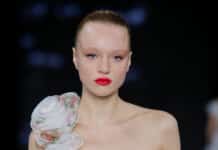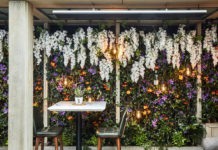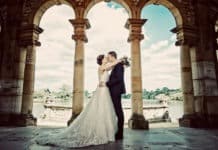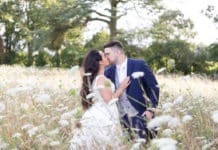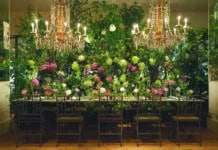
Bridal hair and beauty need careful planning, and ideally a test session so you get the look that matches your style and holds up under lights and the emotion of the day. Award-winning bridal stylist Pam Wrigley, who has provided the looks for London Fashion Week, explains how she creates runway-perfect brides
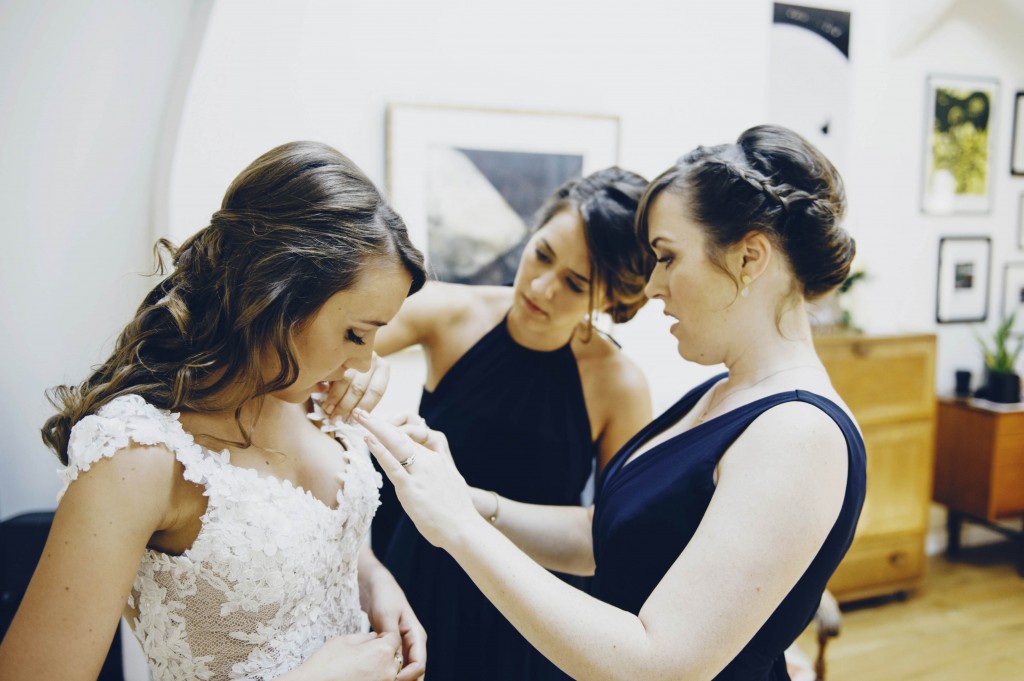
Perfect hair and make-up doesn’t just happen – and it has to stand up to wedding nerves, maybe tears and certainly the partying after the ceremony. Pam Wrigley originally trained in make-up and worked in the fashion and TV industries, including spells at London Fashion Week. It was there that she discovered a passion for working with hair. This, plus her make-up skills, led her to move into bridal styling.
Professionally applied make-up avoids the ‘caked’ look because it uses a less is more approach – strategically applied highlighting and shading rather than more foundation and powder. Even more importantly, it is designed to last under heat, light and other testing conditions, as if you were on the runway or stage.
Make-up has to match the bride, the dress and the mood of the wedding, so Pam always organises a trial run where the look can be agreed and fine-tuned. This can take place anywhere between one week and six months before the wedding – usually it depends on the bride’s schedule, and some brides prefer to have the look decided well in advance. Pam cautions against fine-tuning the look too far in advance: “It’s important to run the trial close to the season when the wedding takes place. For instance, for a December wedding I prefer to ensure the trial takes place in late September or October. This ensures the bride’s skin tone isn’t too different because of a tan, and we also want to ensure the make-up works with surrounding light levels”. Setting a trial date closer to the wedding day also means you’re more likely to have major and minor details decided.
When you work with a bridal stylist, go armed with as much information as possible – venue, style and colour of dress and level of formality – and then you can relax and let the creative work begin.

While Pam also works with other members of the wedding party on the day itself, the core focus should always be the bride. “Usually it works best if everybody else in the party is allocated a strict time for make up,” she says. When there are a lot of bridesmaids, Pam often advises that they bring along a lipstick they like which goes with their outfit (and won’t upstage the bride), as choosing the perfect lip colour for a large group of attendants can be a surprisingly laborious process.
Reassuringly, Pam says very few brides she works with have a hair or skin crisis in the run up to the wedding. The key beauty issue on the day is fatigue, but make-up can conceal a multitude of last-minute stresses and sleepless nights, and sitting down for a pampering hair and beauty treatment is also a reviver. Some brides ask her to stay on at the wedding to transform their look from day to evening although, unless there’s a radical change in look, a professionally applied face should weather the celebration easily with, perhaps, a minor touch up of mineral powder and lip colour. Your stylist will show you which products to use and how to apply them yourself during the wedding.

Tips for hair
- It may seem counterintuitive but hair is easier to work with if it’s not in silky-smooth and shiny condition. Pam advises avoiding deep conditioning treatments in the run-up to your wedding, and if you’re considering any other treatments, do let your hair stylist know.
- Decide on your style as soon as you can, but remember you don’t need to grow your hair to have an ‘up do’, where hair is styled to give the illusion of volume and length.
- The more casual look – either as an ‘up do’ or left long, with perhaps some hair twisted or braided – is very popular right now, but there is a fine line between casual perfection and dishevelled. Just as importantly, hair needs to stay put all day – so this is a look that is generally best left to a professional stylist and a test session is essential.
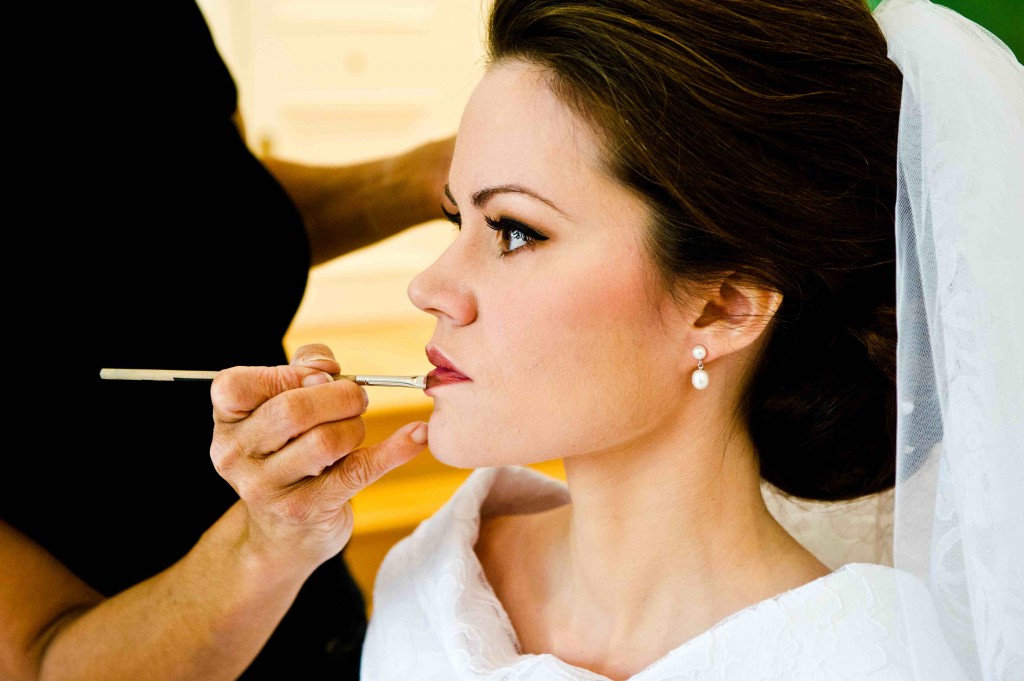
Tips for make-up
- The most common mistake brides make is to apply too much make-up – either by applying more than usual to ensure they look good for photographs, or by continually touching up throughout the day. Rather than reapplying powder to reduce shine, Pam advises blotting papers or mineral powders – discreet and far more effective at keeping the perfect matte finish.
- Subtle make-up looks are on trend for brides, with emphasis on beautiful eyes and perfect brows. The overall look should be balanced though, so avoid strip eyelashes – individual lashes look far more natural.
- Natural looks are generally best for summer and daytime weddings, while more dramatic and smoky styles work well for winter ceremonies (when light levels are lower) and late afternoon-into-evening schedules.
- One of the biggest hazards on the day is well meaning guests, who transfer their make-up onto your skin when they kiss you. Pam advises her brides to stick to air kisses for everybody except, of course, husband-to-be.
Pam Wrigley is based in London and also assists brides outside the capital weddingmakeupandhair.com



